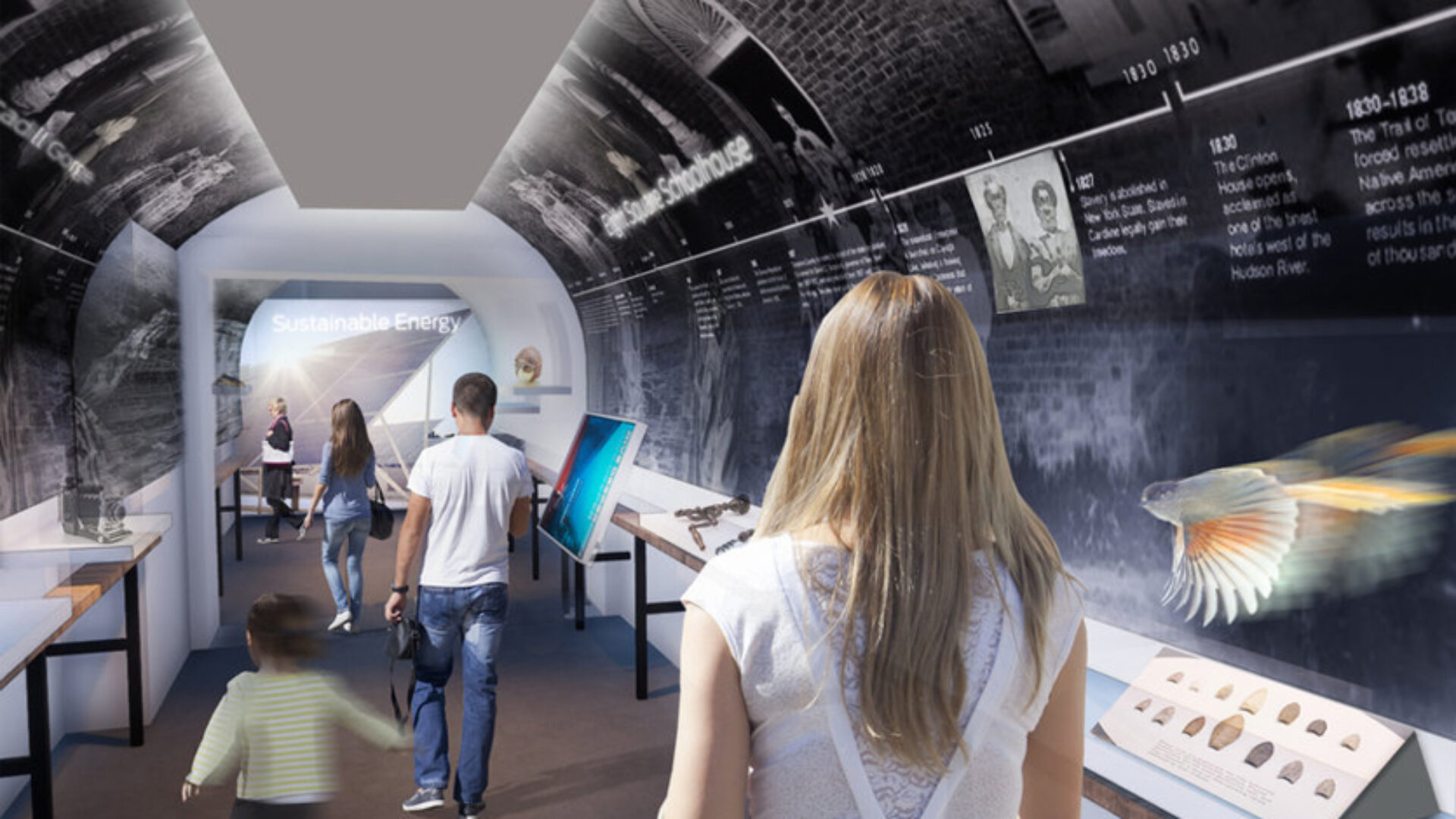Startup Practice Perspectives with Emily Conrad

Read Time: 3 minutes
Emily Conrad will join us August 23-24 for the 2018 SEGD Exhibition & Experience Design Event in Washington, D.C. where she will present a session with Traci Sym and Daniel Meyers of plus & greater than.
Emily Conrad is Co-Founder of Tessellate Studio.She draws upon her expertise in technology to create rich, meaningful experiences that educate and leave a lasting impact.
This week we chatted with Emily about her work at Tessellate, her inspirations, her all-time favorite projects and her 2018 SEGD E&E session, “New Methodologies in Exhibition Design: Startup Practice Perspectives.” Here’s Emily’s take on all that and more.
What kind of work do you do at Tessellate?
Tessellate is an experiential design studio that designs museums, integrated interactive exhibits and immersive environments. My particular role is to run and manage the company (as President), and I head up the experiential and interactive design department.
What are your favorite projects you’ve worked on at Tessellate?
Tompkins History Centerhas been one of my favorite projects because we are designing the museum from the bottom up, and are focused of creating a design system, including a physical design exhibit system, an integrated technology platform and a visual design system.
The Museum of Us has been another one of my favorite projects, which we have been exploring during our time at NEW INC. (an initiative led by the New Museum which brings together creative professionals to explore new ideas at the intersection of art, technology and design). The Museum of Us is a museum model we’ve been developing to decentralize the museum model, to think of a museum as a mobile environment that travels to communities and meets people where they are. The goal is to reveal the missions and interesting narratives not typically included in mainstream museums.
What makes a successful exhibit?
A successful exhibit sparks a viewer’s curiosity to learn more.
What are some recent examples of exhibitions you find inspirational?
Mmuseummhas been one of my favorite museums and exhibits lately. It’s a very small footprint with a big impact.
What makes a successful design startup, culture-wise?
Competence, accountability and trust.
What role does testing play in your design practice?
Prototypes, mock-ups and software testing play a large role in our design process, both upstream during design, and through QA as part of production. Testing also informs the projects that come next.
Why is measuring user engagement critical across all exhibition design projects?
It’s critical to understanding what visitors do and learn in a museum environment. And it’s even more important to better understand what they take away, not just their actions in situ.
What are some examples of new methodologies for testing user engagement?
Google reviews, social media posts, on site user tracking and on click/tap detection.
How have you seen exhibition and experience design change over the course of your career?
We saw the rise of high technology in exhibits, and are now seeing the rise of authentic experiences that may or may not be facilitated by technology. At one point, technology was considered the priority, and now (finally!) the focus is on content, tangible technology and analog experiences.
What can attendees expect to take away from your session, “New Methodologies in Exhibition Design: Startup Practice Perspectives?”
With so much to share about growing Tessellate these past two years and participating in NEW INC’sincubator for new practices in art, design and technology, I will talk about what it means to be a start up in the design industry, and how to stay focused on what really matters—making the human connection.
Join Emily at the 2018 SEGD Exhibition & Experience event, August 23–24 in Washington, D.C. This is poised to be the biggest and best E&E event yet! Don’t miss out—register now.